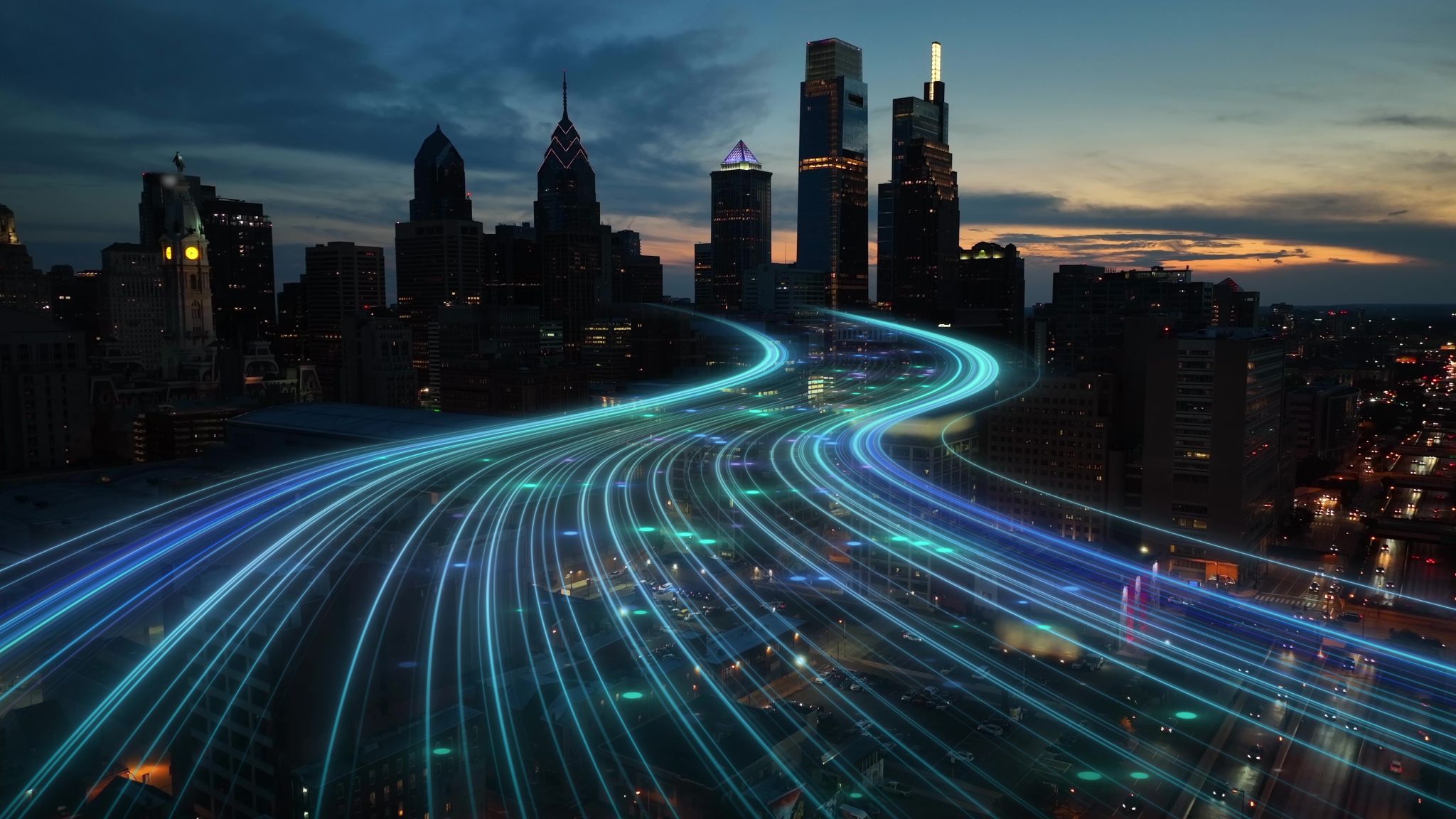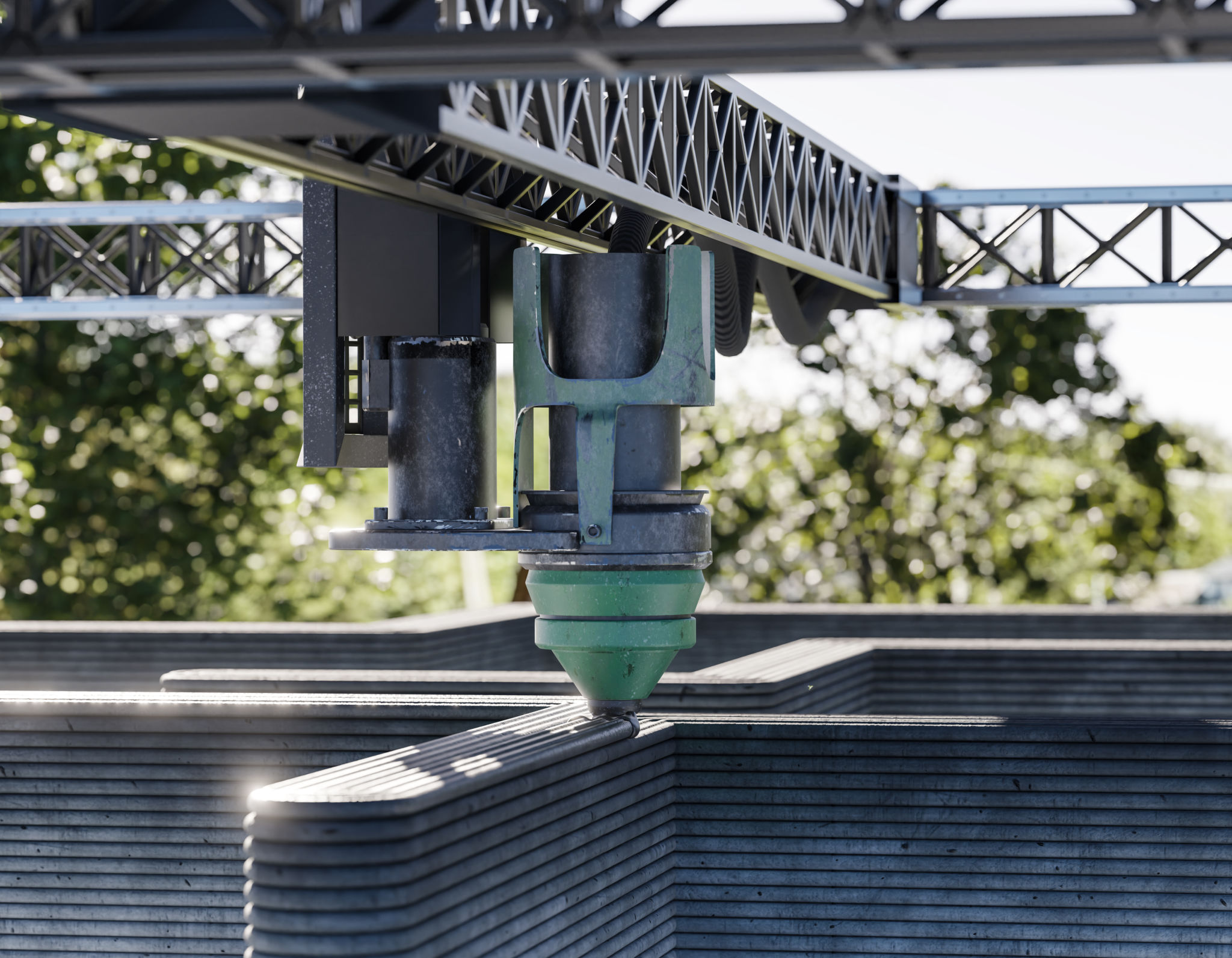How Emerging Tech Can Revolutionize Infrastructure Design
Introduction to Emerging Technologies in Infrastructure Design
The rapid advancement of technology is reshaping various sectors, and infrastructure design is no exception. With the integration of emerging tech, infrastructure projects are becoming more efficient, sustainable, and innovative. This transformation is not just about incorporating new tools but also about reimagining how infrastructure is designed, built, and maintained.
From smart cities to resilient transportation networks, the potential for revolutionary changes in infrastructure design is vast. Let's explore some of the key technologies driving this change and how they are being implemented to create a more connected and sustainable future.

Building Information Modeling (BIM)
Building Information Modeling (BIM) is one of the most significant innovations in infrastructure design. BIM allows architects, engineers, and construction professionals to collaborate on a unified model that provides insights throughout a project's lifecycle. This technology enhances precision, reduces errors, and facilitates better decision-making.
By using BIM, project teams can visualize the entire construction process before breaking ground. This leads to improved project outcomes, cost efficiency, and reduced environmental impact. As BIM continues to evolve, its integration with other technologies promises even greater advancements in infrastructure design.
Internet of Things (IoT) in Infrastructure
The Internet of Things (IoT) is transforming how infrastructure is monitored and managed. IoT devices collect real-time data from various components of infrastructure systems, providing insights that can lead to proactive maintenance and improved operational efficiency.
For example, smart sensors embedded in bridges can detect stress levels and potential weaknesses, allowing for timely repairs and preventing catastrophic failures. IoT's ability to provide real-time data ensures that infrastructure remains safe and functional while optimizing resources.

Artificial Intelligence (AI) and Machine Learning
Artificial Intelligence (AI) and machine learning are becoming indispensable tools in infrastructure design. These technologies analyze vast amounts of data to identify patterns, predict outcomes, and suggest improvements. AI can optimize traffic flows in urban areas or enhance energy distribution systems for greater efficiency.
Machine learning algorithms are also being used to predict the lifespan of infrastructure components, leading to smarter maintenance schedules and resource allocation. This predictive capability ensures that infrastructure systems remain reliable and cost-effective over time.
3D Printing in Construction
3D printing is revolutionizing the way we think about construction. This technology allows for the creation of complex structures with minimal waste and reduced labor costs. 3D printing can produce custom components onsite, speeding up construction timelines and allowing for more innovative designs.

The use of 3D printing in infrastructure design opens up possibilities for creating structures that are not only functional but also aesthetically pleasing. As the technology advances, we can expect to see even more creative applications in the construction industry.
The Role of Drones
Drones are becoming an essential tool in the monitoring and maintenance of infrastructure projects. They provide aerial views that are invaluable for site inspections, surveying, and progress tracking. Drones offer a safe and cost-effective way to gather data from hard-to-reach areas.
This technology enhances project accuracy and helps identify potential issues early on. By integrating drones into their workflows, companies can improve safety standards and reduce project delays.
Conclusion: A New Era for Infrastructure Design
As these emerging technologies continue to develop, they will play an increasingly critical role in shaping the future of infrastructure design. The integration of BIM, IoT, AI, 3D printing, and drones is paving the way for smarter, more sustainable infrastructure solutions.
The shift towards technology-driven infrastructure design promises not only to improve the quality and longevity of projects but also to create more resilient communities that can adapt to the challenges of tomorrow. This new era of innovation holds great promise for a brighter future for us all.